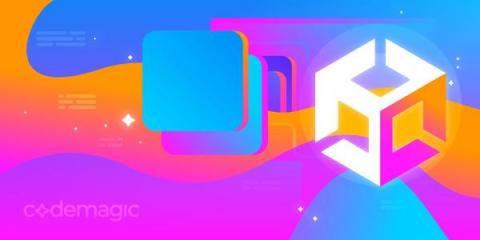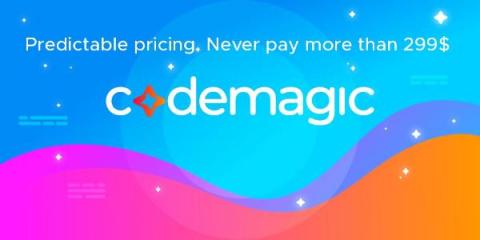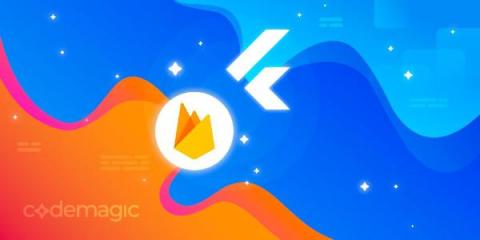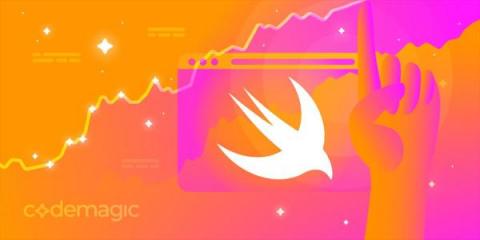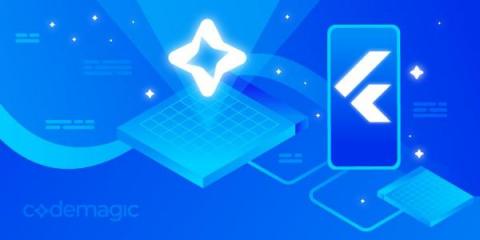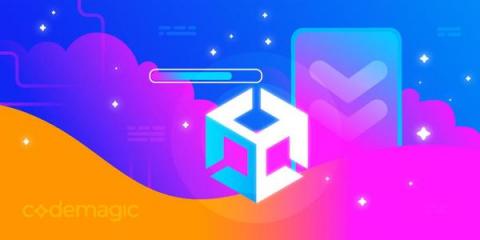Using Mason and bricks in your Flutter app: Beginner's guide
TL;DR: Mason is a Dart package that allows you to create files and directories based on templates. You can use Mason in your Flutter projects by first creating and registering the templates (aka bricks) and then utilizing them to create files and folders. Alternatively, you can use bricks made by others from GitHub or BrickHub.dev.



